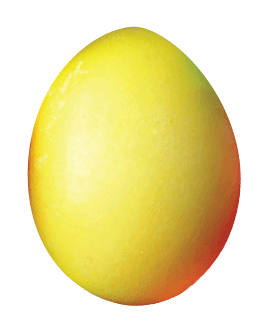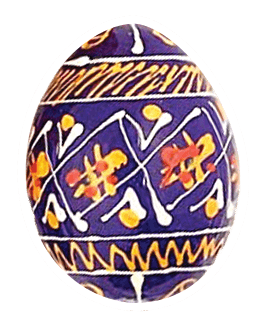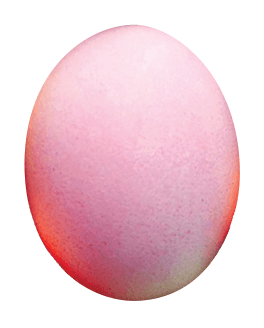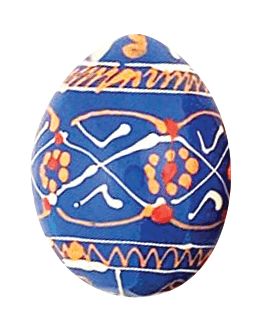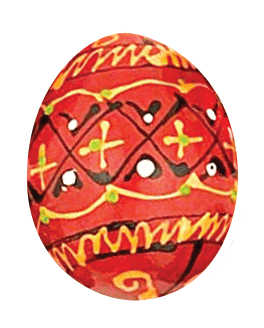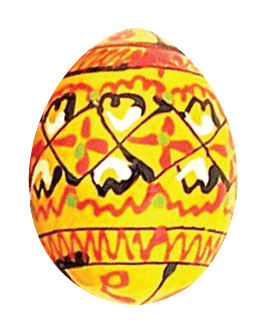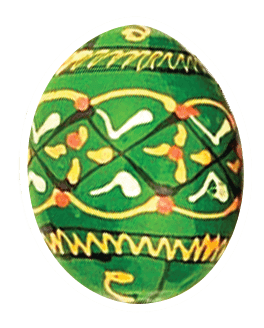Anyone who has been to Barnaby Evans’ studio and apartment in the converted schoolhouse in Providence’s Mount Pleasant section, will suspect that an explanation of his installation’s title might be found somewhere deep in his three libraries, stacked to the ceiling with books on architecture, mythology, art, fiction and science. The tea master Sen Rikyu (1522-1591) is considered one of the most outstanding figures of Japanese cultural history. He not only perfected the traditional tea ceremony but also designed the ideal spaces for this ritual, thereby firmly establishing concepts of tranquillity and deliberate simplicity (sabi and wabi) as aesthetic and philosophical ideals for daily life and expanding the concept of art beyond its traditional boundaries.
It is hardly surprising that an ancient creator of spaces and ritual like Rikyu is a source of great inspiration for Barnaby Evans who has enriched the lives of many thousands of visitors to WaterFire by providing meditative encounters with water, fire, space and music in the heart of Rhode Island’s capital city. Barnaby Evans’ current installation at the RISD museum is in many ways a counterpart to WaterFire: while the fiery Stonehenge in Waterplace Park turns the well-known spaces of urban Providence into a magical landscape of public meditation and ritual, Rikyu’s Second Dream does not rely on large crowds for its effect. It is about private encounters with unusual spaces that challenge our notions of inside and outside, nature and artifice, solid and void, presence and past.
The upper gallery of the RISD museum’s Farrago Wing has been transformed into a sequence of rooms, carved out of a mysterious forest of dangling Chinese bamboo poles. Curved paths lead us through this maze, providing constantly changing perspectives through the geometric grid pattern on which the poles are placed. Deep in this forest we perceive an amazingly beautiful Noo robe from the Museum’s collection, and a wondrous, veiled object, hiding, according to Barnaby Evans, a “Fetish of Modern Art” of great, but hidden importance (what might it be?) – a reminder of the deep connections between central ideas of modernity and the discovery of Japanese philosophy, design and architecture in the 19th century. Accompanied by the sounds of ocean waves, wind and water, we arrive in the central domed space, where three benches face a pile of dark stones in the center. But this space itself exists only as a fragile illusion, formed by the absence of the bamboo poles, its walls moving, parting and receding as we touch them.
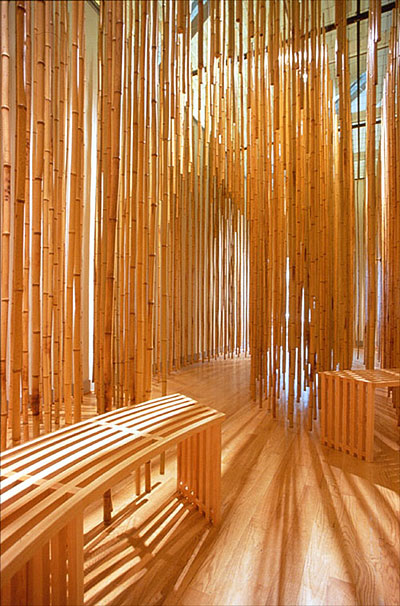
The meaning of Rikyu’s Second Dream continues to unfold as it leads us into the Asian Galleries of the RISD Museum: upon leaving the installation we are met by the quiet gaze of a standing figure of polychrome wood, created during the Chinese Ming Dynasty. As the museum’s label tells us, its name “Guanyin” means “looking on, heeding the sound,” and recalls an “ancient goddess who paused at the threshold to heaven to listen to the cry of the world and look on the sound of prayers.” As we continue through the galleries we encounter the precious collection of Japanese Woodblock Prints by the 19th Century Masters Hokusai and Hiroshige presenting “Meisho,” famous places, “celebrated for their natural beauty, rich religious and literary association” and “locales for relaxation and pleasure.” Barnaby Evans poetic initiation to our encounters with the museum’s Asian collection creates another such “Meisho” – one that Rikyu could have dreamed.
Dietrich Neumann is a Professor of the History of Architecture at Brown University. His latest book “Film Architecture” has just been released in paperback as well as a new book for children, “Joe and the Skyscraper” that came out last fall.



